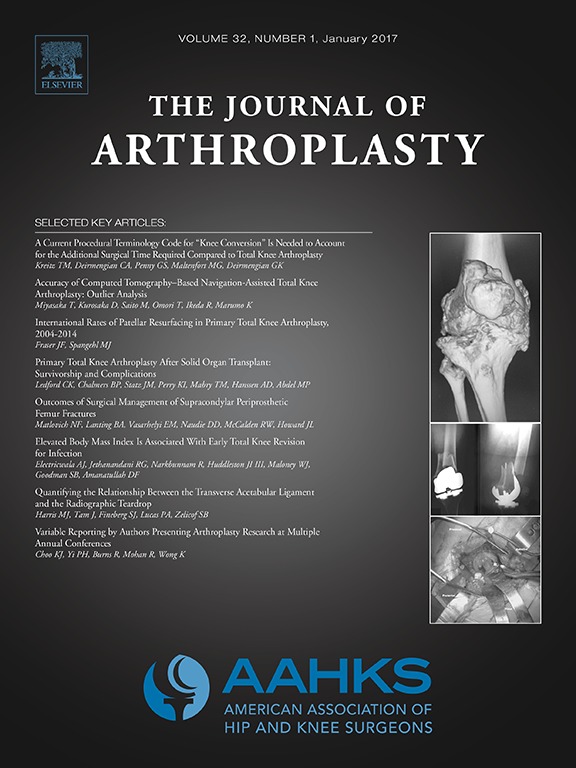
ARTHROPLASTY
Comparison of midvastus and subvastus approaches to medial peripatellar approach in TKA
J Arthroplasty. 2014 Dec;29(12):2298-304.Thirty two randomized controlled trials with a total of 2129 patients (2451 knees) were included in this meta-analysis. The purpose was to compare subvastus and midvastus approaches with the medial parapatellar approach in total knee arthroplasty (TKA) to determine whether there was a difference in efficacy and safety. The study determined that the midvastus approach was associated with more favourable outcomes in pain and knee range of motion, but also with a longer operation time. The subvastus approach was affiliated with more favorable outcomes in straight leg raise, lateral retinacular release, and knee range of motion 1 week after surgery. These early benefits unfortunately did not persist in the longer term.
Unlock the full ACE Report
You have access to {0} free articles per month.Click below to unlock and view this {1}
Unlock NowCritical appraisals of the latest, high-impact randomized controlled trials and systematic reviews in orthopaedics
Access to OrthoEvidence podcast content, including collaborations with the Journal of Bone and Joint Surgery, interviews with internationally recognized surgeons, and roundtable discussions on orthopaedic news and topics
Subscription to The Pulse, a twice-weekly evidence-based newsletter designed to help you make better clinical decisions
Exclusive access to original content articles, including in-house systematic reviews, and articles on health research methods and hot orthopaedic topics
Or upgrade today and gain access to all OrthoEvidence content for just $1.99 per week.
Already have an account? Log in


Subscribe to "The Pulse"
Evidence-Based Orthopaedics direct to your inbox.
{0} of {1} free articles
Become an OrthoEvidence Premium Member. Expand your perspective with high-quality evidence.
Upgrade Now












































































